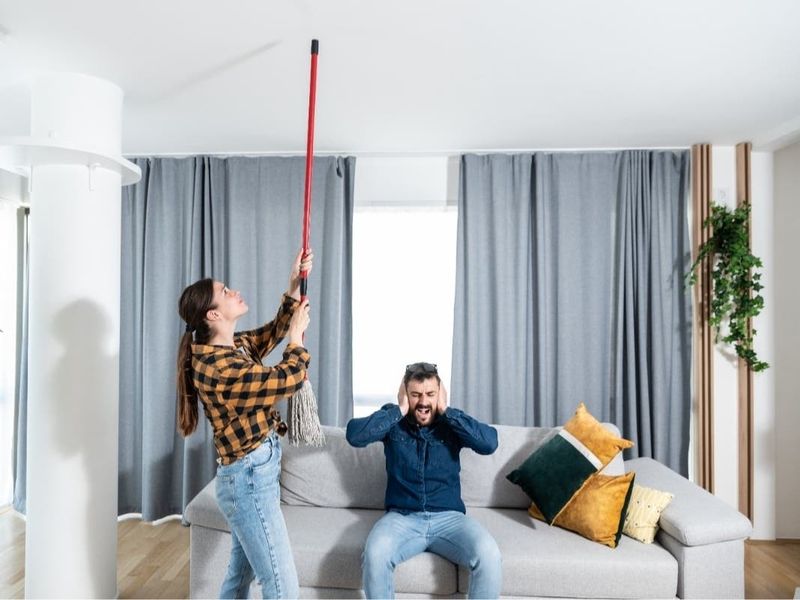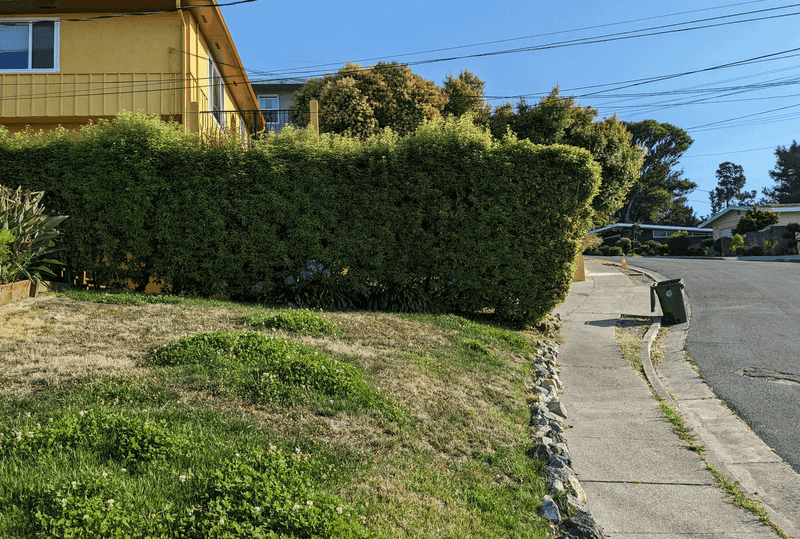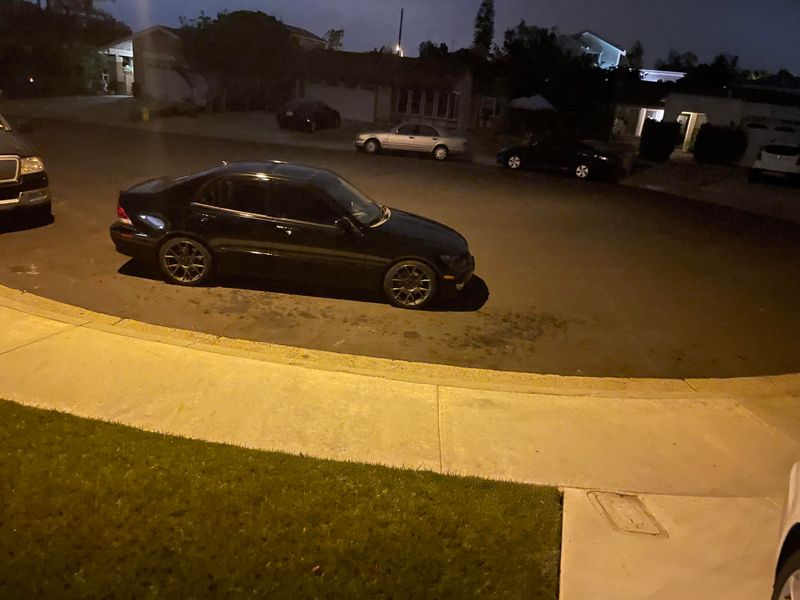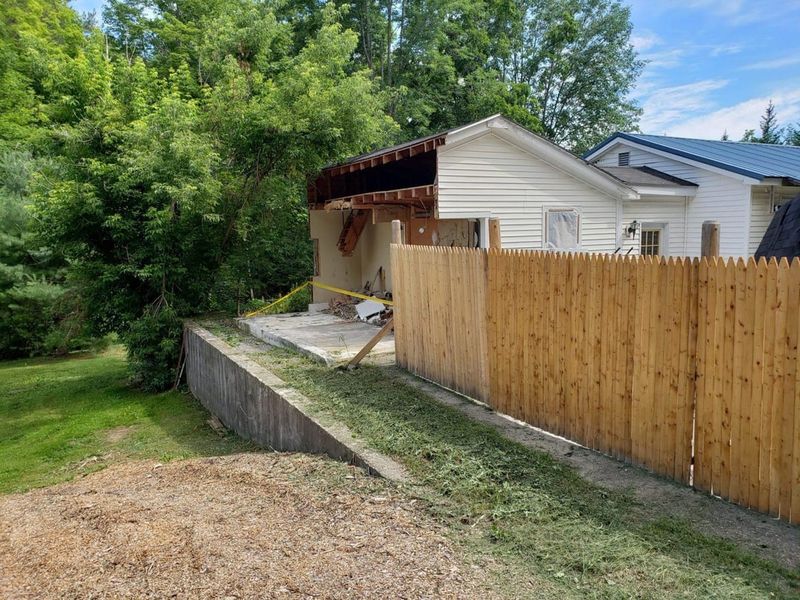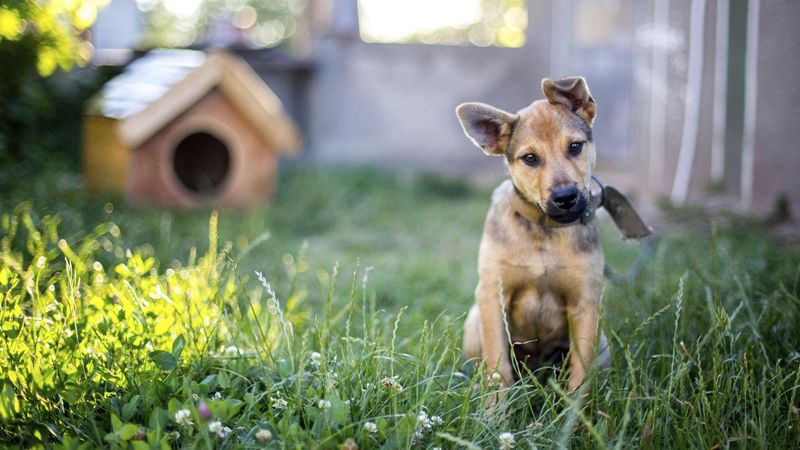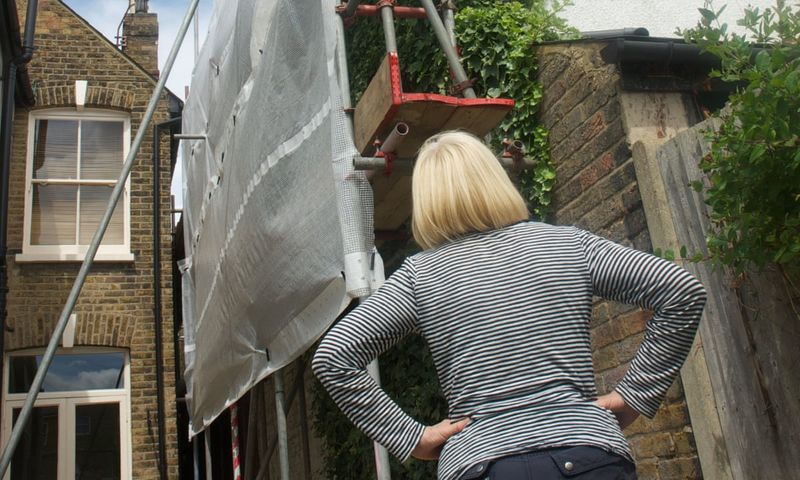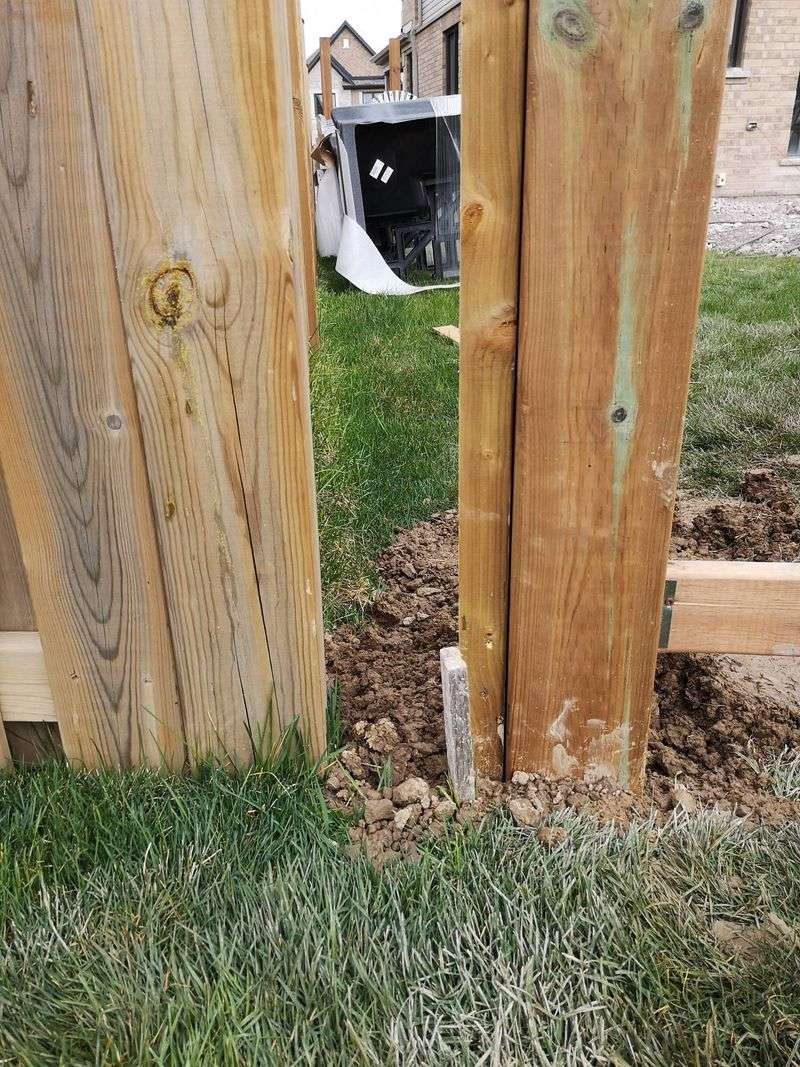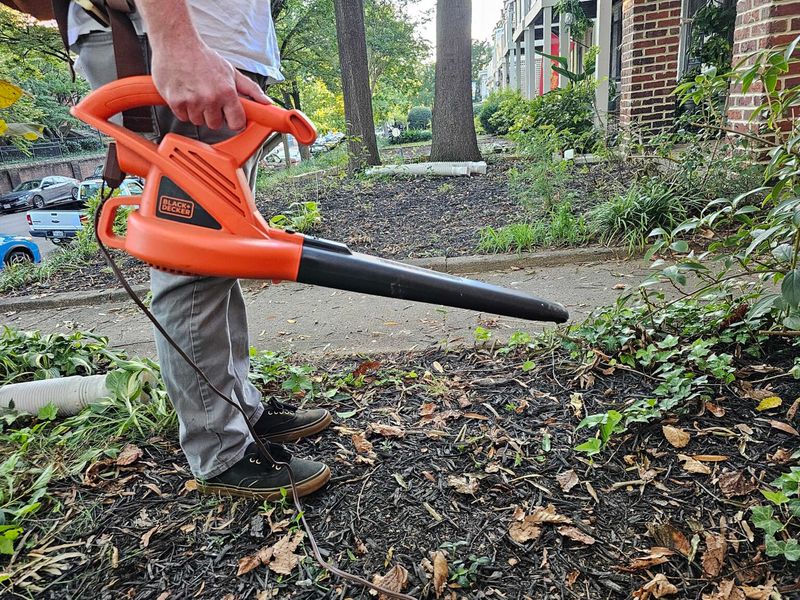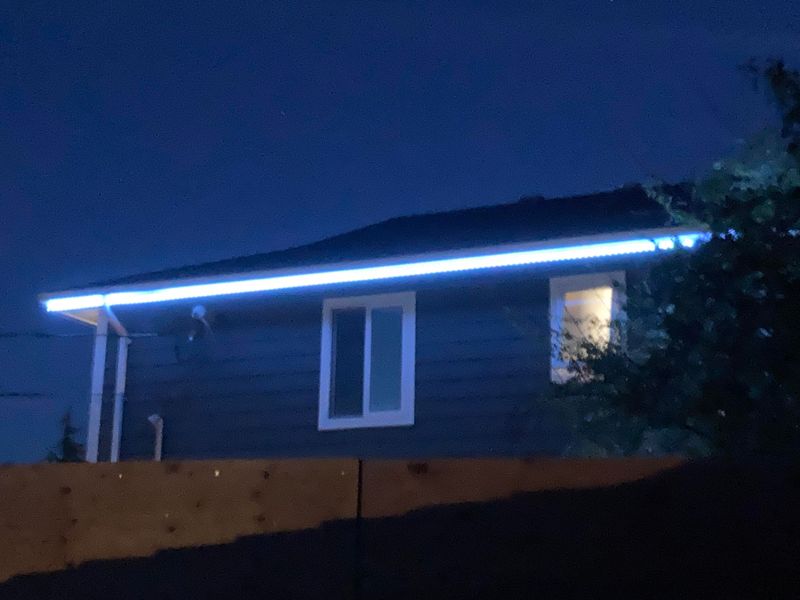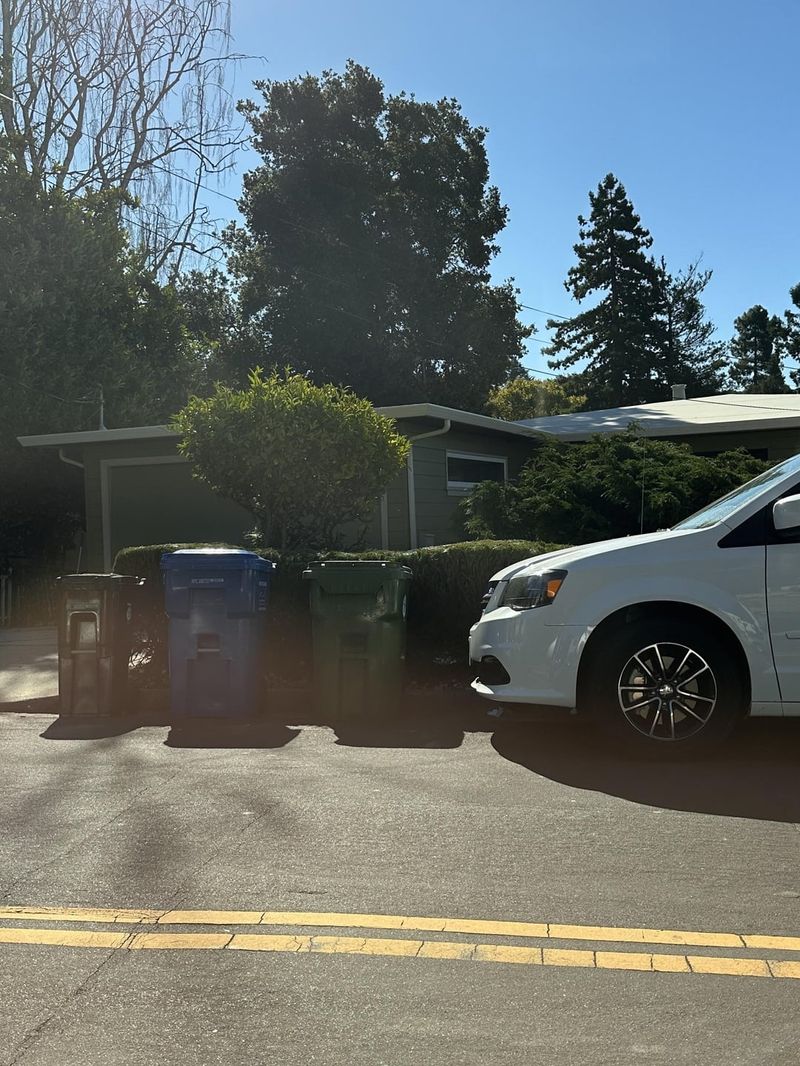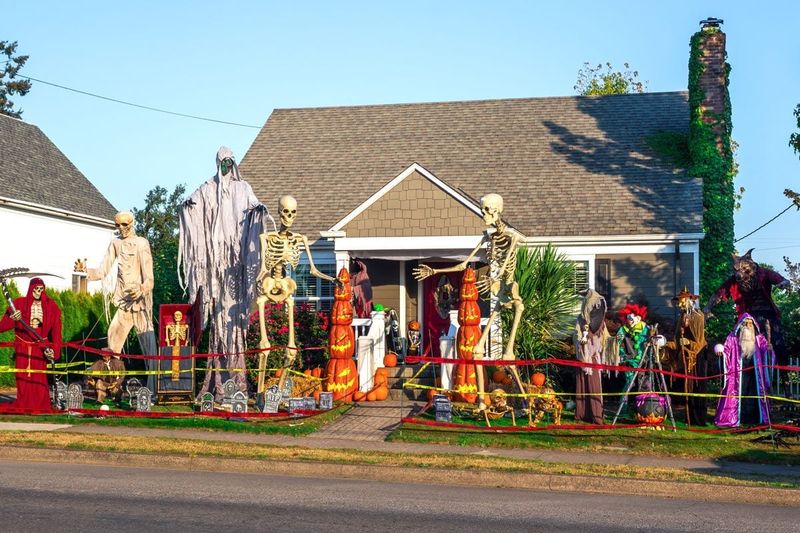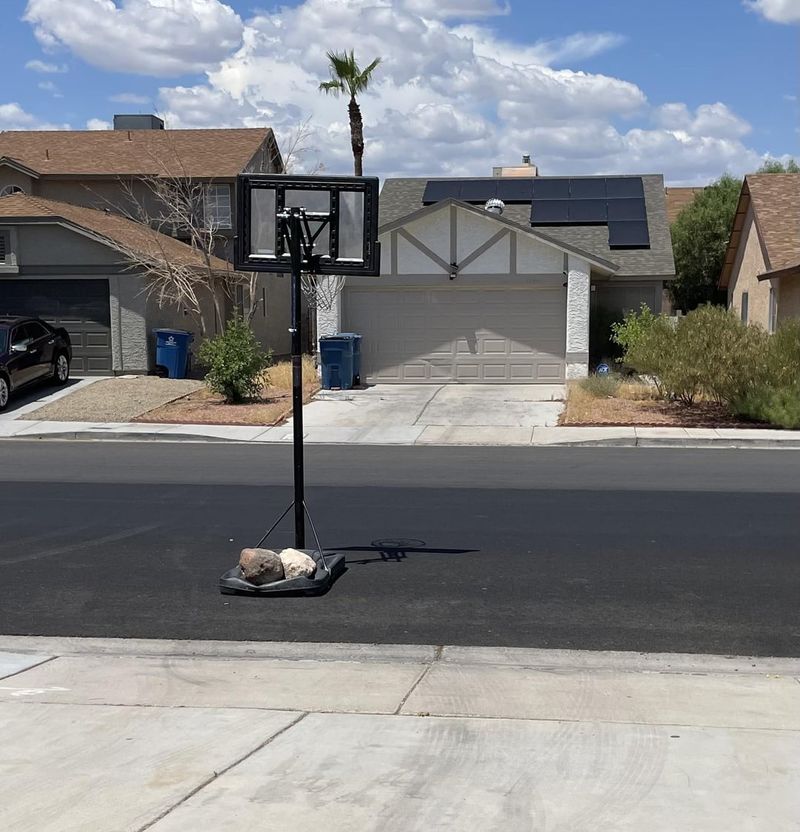Living in close proximity to others can sometimes lead to unexpected annoyances. While many neighborly grievances can be resolved with a simple conversation, there are some that have persisted over the decades, leading to legal battles and community regulations.
Since the 1960s, certain issues have continually surfaced as the top annoyances among neighbors.
These problems, though sometimes seemingly trivial, have been significant enough to require legal intervention or at least a good set of community guidelines. Let’s explore the top 20 legal neighborly annoyances that have stood the test of time.
1. Loud Music at Night
One common annoyance that has plagued neighbors since the 1960s is loud music playing late at night. This disturbance often leads to complaints and sometimes even legal action.
In many neighborhoods, local ordinances have been established to prevent excessive noise after certain hours. Despite these rules, enforcing them can be challenging, leaving some residents frustrated.
For those dealing with nocturnal noise, a friendly chat with the music-loving neighbor might help. Alternatively, soundproofing your home or using earplugs can provide some peace. Persistent issues, however, might require contacting local authorities.
2. Barking Dogs
Barking dogs have been a perennial issue between neighbors. Whether it’s the incessant barking of an energetic puppy or an anxious older dog, the noise can be disruptive.
Many communities have noise ordinances that address pet noise, and some places even have specific dog-barking laws. Responsible pet ownership, including training and adequate exercise, can help mitigate the issue.
For neighbors dealing with this annoyance, patience and communication are key. Consider discussing the problem with the dog’s owner, and if needed, local animal control services might offer solutions.
3. Overgrown Hedges
Overgrown hedges crossing property lines have been a source of disputes for decades. This seemingly minor issue can lead to larger arguments about property boundaries and maintenance responsibilities.
Local laws often dictate maintenance requirements for greenery, ensuring that plants do not obstruct pathways or encroach on a neighbor’s property. Regular trimming and clear communication can prevent conflicts.
If encroaching hedges become a problem, discussing the issue with the neighbor, aided by local guidelines, can help resolve the situation amicably. In some cases, legal advice might be needed for persistent encroachments.
4. Parking Disputes
Parking has been a significant issue for neighbors, especially in urban and densely populated areas. Disputes often arise over blocked driveways or limited street parking.
Many municipalities have specific regulations regarding street parking, designed to prevent conflicts. These rules, however, can be difficult to enforce consistently.
To avoid conflicts, clear communication between neighbors is crucial. If disputes arise, consulting local parking regulations can offer guidance. For chronic issues, involving local authorities might be necessary to mediate and enforce solutions.
5. Property Line Disputes
Property line disputes can cause significant tension between neighbors. These disagreements often stem from unclear boundaries or recent changes to landscaping or fencing.
Since the 1960s, many communities have implemented clearer regulations to define property lines, although disputes still occur. Professional surveys are often the best way to resolve these disagreements.
Engaging in open dialogue with neighbors and using legal documentation can help clarify property boundaries. For ongoing disputes, legal counsel may be necessary to achieve a fair resolution.
6. Secondhand Smoke
Secondhand smoke has been an increasing concern, especially in multi-family housing. This issue affects health and comfort, leading to tension between neighbors.
Since the 1980s, many places have enacted smoking regulations in shared living environments, aiming to reduce exposure to smoke. These laws vary widely, impacting how issues are addressed.
For those affected, discussing concerns with the smoker can sometimes yield a compromise. If problems persist, reviewing building policies or local regulations may offer additional solutions to achieve a smoke-free environment.
7. Unkempt Yards
An unkempt yard can quickly become a neighborhood eyesore. This issue often leads to complaints about property values and community aesthetics.
Local ordinances often require homeowners to maintain their lawns to a certain standard, promoting harmonious neighborhood appearances. However, enforcement of these standards can be inconsistent.
If a neighbor’s yard becomes a concern, addressing the issue politely and offering assistance might help. For persistent problems, local neighborhood associations or bylaws may provide a framework for resolving the issue.
8. Roaming Pets
Roaming pets, whether cats or dogs, can create neighborhood tension. These animals might damage gardens, intimidate other pets, or leave behind messes.
Many communities have leash laws or regulations requiring pets to be contained within their owner’s property. Violations can lead to fines or other penalties.
For those affected, documenting the roaming incidents and discussing them with the pet owner is a good starting point. If the issue continues, local animal control or neighborhood associations might offer additional resources for resolution.
9. Renovation Noise
Renovation and construction noise is a common issue, particularly with home improvements on the rise. The noise can be disruptive, affecting the peace of nearby residents.
Cities often have ordinances regulating construction noise, specifying permissible hours and noise levels. These rules are intended to balance the needs of both property owners and their neighbors.
For those affected by construction noise, discussing the schedule with neighbors might help. If disruptions are excessive, consulting local regulations can offer additional guidance. Legal recourse might be considered in the most persistent cases.
10. Fence Maintenance
Maintaining shared fences can lead to disputes over responsibility and aesthetics. Whether it’s peeling paint or broken panels, these fences can become contentious.
Local guidelines often address shared fence maintenance, outlining responsibilities for repair and upkeep. Neighbors should engage in discussions to find mutually agreeable solutions.
For those dealing with a neglected fence, addressing concerns directly and collaboratively with the neighbor can be effective. If necessary, local housing authorities may offer advice or assistance in resolving maintenance disputes.
11. Odors from Cooking
Cooking odors, while often a sign of delicious meals, can sometimes become overwhelming in tightly packed neighborhoods. These smells can penetrate shared spaces, leading to discomfort.
Building codes sometimes address ventilation requirements to minimize odor spread, but this can vary widely. Being considerate of others and using proper ventilation can often alleviate issues.
If cooking odors become a problem, a polite discussion with the neighbor may help. Offering solutions like improved ventilation or air fresheners can be beneficial. Persistent issues might require consulting building management or local regulations.
12. Leaf Blower Noise
Leaf blowers, while convenient, often produce significant noise, leading to neighborhood complaints. This noise can be particularly bothersome during early mornings or weekends.
Many communities have introduced ordinances restricting leaf blower use to certain hours to limit disturbances. Alternative quieter gardening tools can also help reduce noise.
For those troubled by leaf blower noise, discussing the timing and frequency with neighbors might bring relief. Checking local noise regulations and encouraging the use of quieter tools can also contribute to a quieter neighborhood.
13. Illuminated Signs
Brightly illuminated signs on residential properties can be a significant annoyance, especially if they shine into neighboring homes. This issue often leads to disputes about light pollution and property rights.
Local zoning laws sometimes regulate the size and brightness of residential signs, aiming to prevent disturbances. Homeowners should consider the impact of their signs on the community.
For those affected, discussing concerns with the sign owner and suggesting adjustments can be helpful. In persistent cases, local zoning boards might need to intervene to ensure compliance with light regulations.
14. Pool Parties
While pool parties can be a source of enjoyment, they can also become a neighborhood irritation due to noise and traffic. This is especially true during late-night gatherings.
Local noise ordinances and community guidelines often address party-related disturbances, aiming to maintain peace in residential areas.
For neighbors affected by noisy pool parties, discussing expectations and concerns with the host can sometimes resolve issues. If disturbances continue, consulting community regulations or involving local authorities might be necessary for a peaceful resolution.
15. Shared Driveway Conflicts
Shared driveways can become a point of contention due to blocked access or differing expectations. These disputes often require clear communication and mutual respect.
Legal agreements or local guidelines may outline usage rights and responsibilities, but informal arrangements are also common.
For those experiencing conflicts over shared driveways, open discussions and agreements on usage can help. If necessary, formalizing the arrangement through legal documentation may prevent future misunderstandings and maintain harmony.
16. Fireworks
Fireworks, though popular during celebrations, can be a nuisance for those with pets, young children, or sensitivity to noise. The unexpected loud sounds can cause distress and anxiety.
Many communities have specific regulations about fireworks usage, often restricting them to certain dates or permits. Adhering to these rules is crucial for neighborhood harmony.
For those troubled by fireworks, discussing concerns with neighbors and sharing information about regulations might help. In persistent cases, involving local authorities can ensure compliance and reduce disturbances.
17. Trash Can Placement
Incorrectly placed or overflowing trash cans can lead to neighborhood disputes, affecting cleanliness and aesthetics. This issue often arises on collection days.
Local waste management guidelines usually specify where and when trash cans should be placed, promoting orderly neighborhoods. Education and adherence to these rules are essential.
For those facing issues with trash can placement, discussing the problem with the responsible neighbor can often resolve the matter. If problems persist, local waste management services may provide additional support or guidance.
18. Holiday Decorations
While holiday decorations bring cheer, they can also become overwhelming, leading to disputes about taste and light pollution. Excessive displays can impact neighbors’ enjoyment of their own homes.
Homeowners associations often have guidelines regarding outdoor decorations, balancing festive expression with neighborhood aesthetics.
For those affected by excessive decorations, a tactful conversation with the homeowner might lead to adjustments. If the issue persists, consulting association rules or local regulations can offer additional avenues for compromise.
19. Basketball Hoop Noise
Basketball hoops in residential areas can create noise issues due to bouncing balls and enthusiastic players. This can be particularly problematic in shared spaces.
Some communities have guidelines regarding the placement and use of recreational equipment, aiming to minimize disturbances. Respect for neighbors and time limitations can also help.
For those affected by basketball noise, discussing possible time restrictions or alternate locations with the players can lead to a solution. If necessary, community guidelines may provide further assistance in managing noise levels.
20. Drone Surveillance
Drones have introduced a modern concern: privacy invasion. Neighbors may feel uneasy seeing drones hovering around their property, leading to legal questions about surveillance and boundaries.
Laws are evolving to address drone usage, often focusing on privacy rights and airspace regulations. Responsible drone operation is key to maintaining neighborhood trust.
For those worried about drone surveillance, discussing concerns with the drone operator and understanding local laws can help alleviate tensions. Legal advice might be needed for ongoing privacy invasions, ensuring a respectful environment for all.

